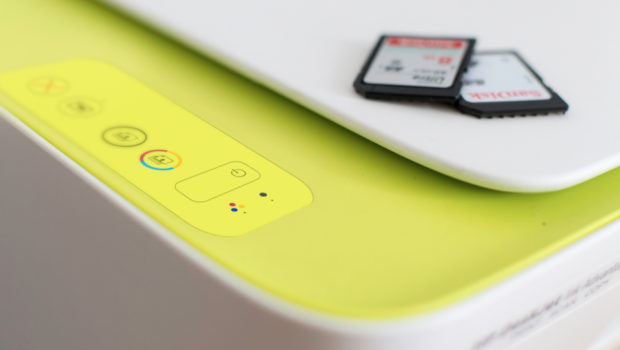Guide to Printing Processes: How Do You Chose One for Yourself?
When developing a graphic design, it is important to look at the print quality so that the layout is valued and convey the message efficiently. However, it is imperative to define the most appropriate printing system before beginning the development of the project, taking into account the type of paper, colors and finishes used. Print processes are defined by how the graphics transfer to the paper occurs and are sorted in direct and indirect, but one of the most effective ways to classify the printing process is from the shape and type of matrix operations used by each of these processes. There are five printing systems whose classification is based on the form and type of operating matrix used. Here are the five systems:
Planography:
In planographic processes, there is no relief that determines the impression: the matrix is flat. It is through physical and chemical phenomena of repulsion and attraction that the elements used (paint, water) stay in the engraved area for reproduction in the buffer. Offset is a planographic process, like lithography.
Offset:
An indirect printing system based on the principle that water and fat do not mix. This is used as a support for all types of paper and some flexible plastic. The offset machine can be flat or rotating. Run sheet by sheet, this system offers better quality; ideal for printing posters, folders, books, flyers, brochures. The printing press uses paper in rolls; ideal for large print jobs such as newspapers and magazines. Offset is the main printing process since the second half of the 20th century, ensuring good quality for medium and large processes and almost all types of paper and some types of plastic (especially polystyrene). A planographic process, derived from lithography makes an indirect impression: there is an intermediate element between the matrix and paper, called a blanket. The image in the matrix (which is metal and only called sheet) is transferred to a cylinder coated with rubber (blanket) and then onto paper. In short: the matrix prints blankets and prints paper. The term offset comes from lithographic offset expressions – which, literally, means out-of-place lithography, making references to indirect printing.
Digital Offset:
Similar to offset, this process has two basic characteristics. First, print without using water; Second, it uses a kind of plateetters embedded in the machine (digital data entry – directly from a computer to an offset printer) – a system known as CTP. The use of the term Digital Offset is debatable; some professionals use the term dry offset. What is important, however, is that technology prevents registration problems, prevents variations in color tone during running and maintaining cost-benefit ratios: the higher the print process, the lower the unit cost.
Eletrography:
The matrix is flat as in a planographic process, but the area to be printed is determined, either in the matrix or in its own support, from electrostatic phenomena – and not physical-chemistry. These are cases of processes newly developed for industrial production, such as digital printing, electrophotography and xerography. The terminology for this process is still not consolidated, also referred to as digital processes, electronic processes, etc.
Digital Printing:
Printing is done electronically. Through a laser printer, the data file goes directly to the paper. This process allows printing small amounts of work, without using photoliths or plates. This process can be considered as the most sophisticated one, even the cheapest brochure printing service and large format printing brisbane use this sophisticated system.
All of the above systems have their own advantages and disadvantages. But technological developments ensure increased efficiency from one system to another more recent system. It also needs to be understood that older systems can’t be completely replaced. By understanding printing systems, we can choose the printing system that is most appropriate for our needs.






![How the Internet of Things (IoT) is Changing the Future of the Supply Chain [Infographic]](https://technofaq.org/wp-content/uploads/2018/03/How-the-Internet-of-Things-IoT-is-Changing-the-Future-of-the-Supply-Chain-150x150.png)





